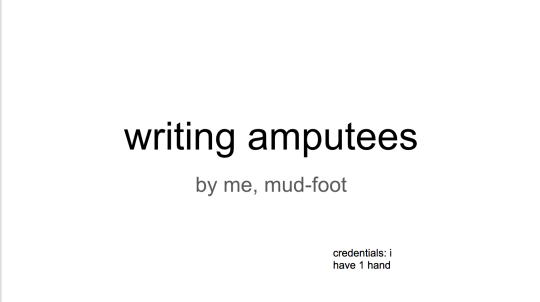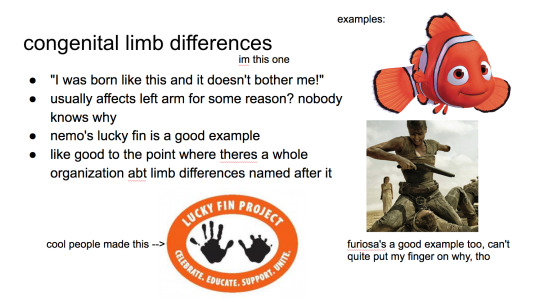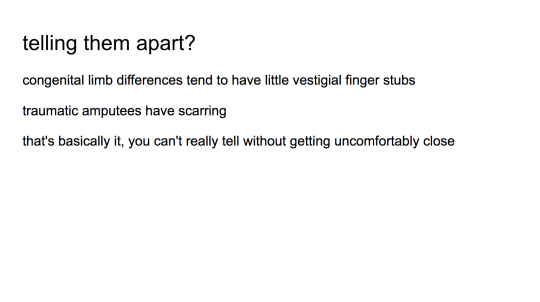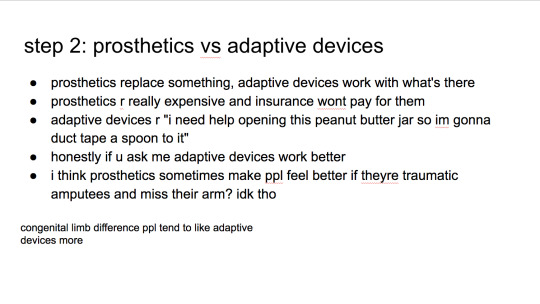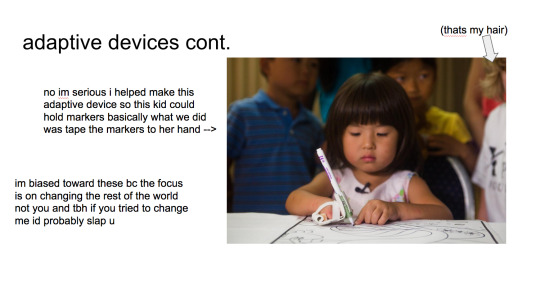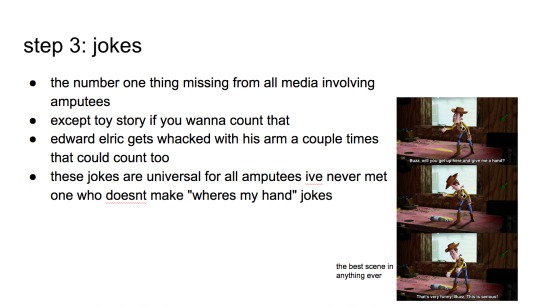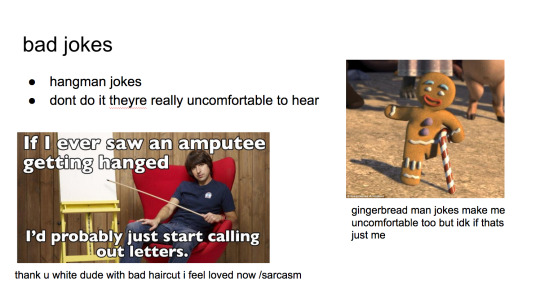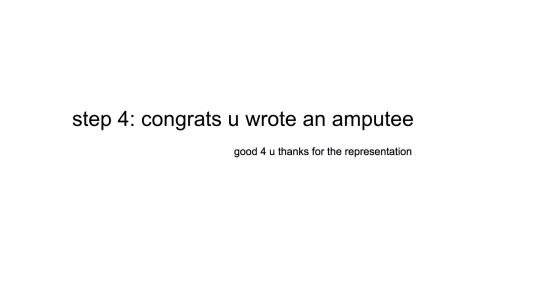// just a blog for a story i'm writing :) // she/her // awkard as f u c k // just want to have an organized space for me story // will cry at the slightest hints of kindness // follows from @can-i-leave-pls // find out more about me in the navigation bar!
Don't wanna be here? Send us removal request.
Text

yknow like…ny- *i get knocked out*
somehow i made the boob window significantly larger from last time BUT I DONT SEE ANYONE COMPLAINING. not the pin up but i assure you it’ll come out (…eventually).
rbs appreciated!
17 notes
·
View notes
Text
if this gets more than 10 notes by tomorrow im drawing a pinup of din
24 notes
·
View notes
Text

adding some more hero analysis on kacchan's 20 something pages
1K notes
·
View notes
Photo


[SpeedPaint!]
patreon ✧ insta ✧ twitter ✧ youtube
537 notes
·
View notes
Photo
look at him go

….listen sometimes a bitch gotta draw catboy mando in a maid outfit
@ mewy101 beat me to it but now we both have the catboy mandos
#I HAVENT TOUCHED THIS BLOG IN A HOT SECOND#I ALSO HAVENT THOUGHT OF MY STORY IN A W H I L E#BUT#NEEDED TO SHARE#THANKS
85 notes
·
View notes
Photo
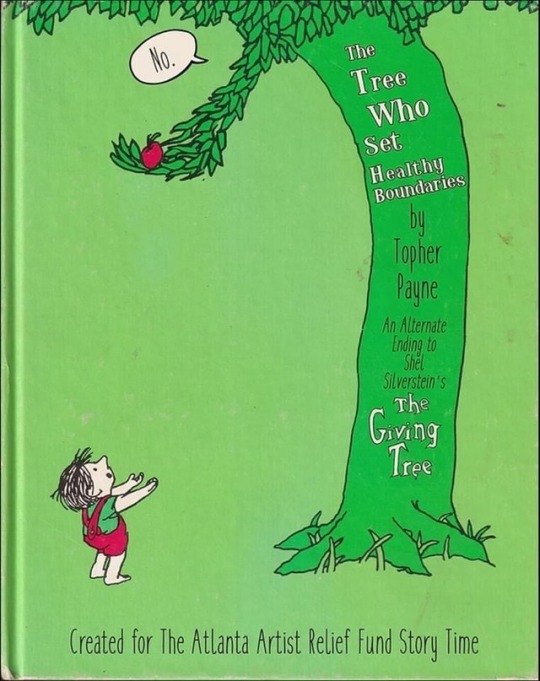
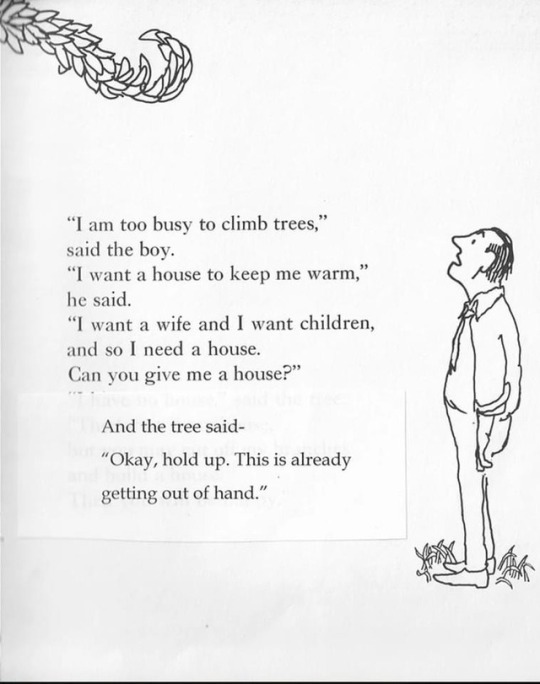



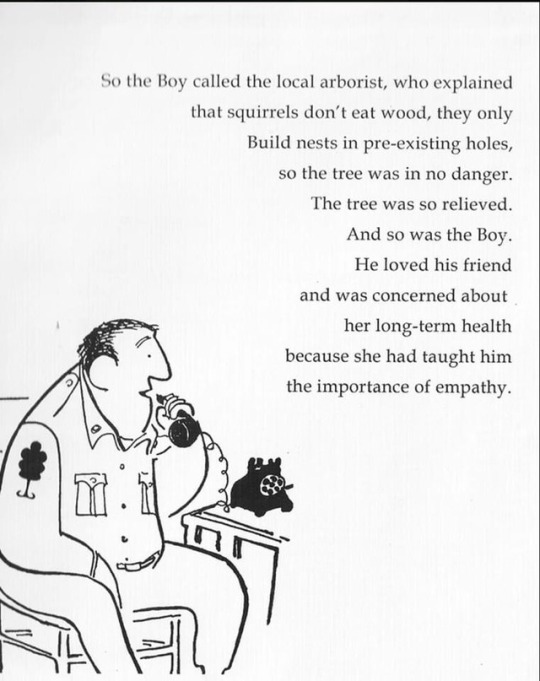




Sometimes classics can be improved upon.
The Tree Who Set Healthy Boundaries : an alternate ending for Shel Silverstein’s The Giving Tree by Topher Payne 💯🌳❤️
https://www.topherpayne.com/giving-tree?
173K notes
·
View notes
Text
my body is NOT. a “”temple””….it is a CLOWN CAR, and NONE OF THESE BITCHES KNOW HOW 2 DRIVE
105K notes
·
View notes
Text
“This is your daily, friendly reminder to use commas instead of periods during the dialogue of your story,” she said with a smile.
577K notes
·
View notes
Text
How to easily improve the flow of your writing
When writing a story, your prose can often feel jumbled.
Muddled.
Disconnected.
Like it just doesn’t flow.
And for a long time, I never knew a clear, tangible tactic for fixing that problem, except by feel or by trial and error. Then I learned a simple, but effective trick for improving flow:
Use the last few words of one sentence to set up the information that’s about to appear at the beginning of the next one.
Here’s what I mean:
Think of it like crossing a stream, hopping from rock to rock — each rock acts as both a landing spot and a launching point. Writing and revising your sentences to serve a similar purpose can go a long way in improving the flow of your prose.
Let’s start by taking a look at a paragraph (prepared by yours truly) that doesn’t do this, resulting in a somewhat bumpy flow:
Vincent Van Gogh’s “The Starry Night” had always inexplicably drawn Henry in. The painting was framed as a poster on his wall, and he often stared into its dizzying swirls of blue and yellow, and its fiery cypress tree — marveling at the chaos that entrenched the village scene. Henry had always hoped that Vincent was able to find some peace in expelling this vision from his mind and onto the canvas.
Feels a bit disconnected, doesn’t it? It’s still readable, but there isn’t much of a continuity of ideas bridging the sentences — no connective tissue to smooth out your journey through the prose.
Now let’s look at the same paragraph again, but with some simple rearranging done to ensure that the information that ends each sentence also kicks off the next one (I put these hand-offs in bold):
Henry had always felt inexplicably drawn to Vincent Van Gogh’s “The Starry Night.” The painting was framed as a poster on his wall, and he often stared into its dizzying swirls of blue and yellow, and its fiery cypress tree — marveling at the chaos that entrenched the village scene. With such a vision expelled from the mind and onto the canvas, Henry had always hoped that Vincent was able to find some peace.
Now that reads a little better, doesn’t it? You’ll notice I didn’t even change up my word choice. Sometimes you’ll have to swap out words or change the order of your sentences, but even just rearranging information can often add a lot connectivity.
This obviously won’t be possible in every sentence and paragraph, but it’s a great rule of thumb when you want to smooth out your prose. I hope this proves as helpful to you all as it has been for me!
Good luck, and good writing, everybody.
— — —
Everyone has stories worth telling — including you. For tips on how to craft meaning, build character-driven plots, and grow as a writer, follow my blog or check out my new Instagram.
3K notes
·
View notes
Text
IF YOURE EGYPTIAN AND LGBTQ+ GET OFF ANY QUEER DATING SITES, THE POLICE ARE TRACKING AND HUNTING PEOPLE DOWN AGAIN. DELETE YOUR ACCOUNTS.
305K notes
·
View notes
Text
don’t do this in your writing, don’t do that. stop. listen to me. this is creative writing. as long as whatever you’re doing has purpose, as long as you weave it into the story well, as long as you are proud of what you have created, as long as what is being added supports the theme (or motifs or whatever, if your story doesn’t really have a theme bc yes a story may not have a specific theme believe it or not) then you can do it and get away with it. a story doesn’t need to have a certain format. a story doesn’t need to have proper grammar. a story doesn’t need to be completely cliche free. here is one law of creative writing: you can do nearly anything as long as you do it well. the point of creative writing is to find the limits of reality in the medium of words and bend them to your will.
10 notes
·
View notes
Text
Reading as a Writer
There’s a lot of writing advice that should be taken with a pinch of salt, but the one tip that should be taken as gospel is, “You need to read if you want to write.”
You can’t write well if you don’t read. Don’t believe me? Go do some research on On*s*on’s books. A guy who brags about not reading. Trust me, it shows.
Sometimes, it’s hard to find time to read, and when we do, it can be hard to read as a writer. It can both ruin and heighten the reading experience (once I took a writing class and started seeing awkward sentence structures, I couldn’t unsee them).
Here are some things to pay attention to when you’re reading as a writer!
1. Genre - Don’t stick to one place.
You may tend to write in just one genre, but you shouldn’t limit your reading to that area. It’s easy to get stuck in many of the same tropes and writing patterns; filling the well with a diverse variety of literature is really important.
Every genre has its own lessons to teach. For example, pacing or tension in the horror and thriller genres. Foreshadowing in crime novels. Relationships in contemporary romance. Blending styles and concepts from a variety of genres can really help a writer to grow and develop their skill, and reading a variety of genres can fill the creative well more effectively.
2. Plot and Story Structure.
Reading a lot of stories can help give you a better idea of the traditional story structure. It’s easier to see the pattern and the usual ups and downs of the three-act structure when you get to see it in action multiple times. This can also help you recognise when the structure is played with, and the conventional rules are abandoned.
A couple of things to consider when reading for plot and structure are:
-What’s the inciting incident? How far in does it happen? Were you engaged with the story before this? -When do Acts 2 and 3 start? How does the story change? -How long is each act? Does the story drag at all? When/why? -Does the build up to the climax feel authentic? What’s the pacing like?
3. Characters.
When we know our characters so well, sometimes we overthink how well we’re portraying them in our stories. We know what they’re like, but are we showing the reader who they are?
Reading other writers’ work and seeing how their characters are conveyed is good practice for this. Look at the main cast of any given book you’ve read recently. Can you list relevant character traits, and if so, where did you get this information? Did the writer just tell you, or did they show you?
We can take this info for granted when we’re reading, then struggle with it when we’re writing. Thinking about it as you read can make this an easier process.
4. Format, Grammar, and Sentence Structure.
I might just be a bit too tuned into this (like I said, I can’t unsee it), but I often read a sentence in a book and think “That’a an awkward phrase. That’s a weird sentence. This word would be better.” I’m not a perfect writer by any means, not even technically, but seeing these “mistakes” can help you during your line editing process.
Paying attention to a writer’s language can also introduce you to new words, descriptors, verbs and so on. It can help you with your English, or whatever language you write in (but especially English; English is messy).
Format can refer to dialogue, paragraphs and all these technicalities, but also how the writer lays out the story in chapters or other segments. Some stories play with traditional structures, and can introduce you to new ways to break the rules that you may not have considered before.
5. BONUS TIPS!
It’s also important to note what you don’t like. I posted a review not long ago of ‘The Woman in the Window’ which is very similar to ‘The Girl on the Train’. One worked for me and one didn’t, and seeing the positives and negatives of both is a useful way to analyse the two texts.
Having sticky tabs on hand for any passages that stand out to you can be a big help later on. I started marking pages every now and then when I felt something particularly strong (positive or negative).
Reading can help you with motivation. Wow, you’re holding a published book in your hands! That used to be a shitty first draft. Some day, someone could hold your book like that! Alternatively: If this piece of trash can get published, I must have a chance!
If a book can teach you just one, tiny lesson to improve your writing, it’s absolutely worthy of your time. Reading is the single most important thing you can do for your writing.
Like these posts? See more Writing Wednesday tips Request Writing Wednesday topics here
Tagging @the-pomegranate-calls, @city-by-the-sea and @raywritesblog, leave a comment if you want to be tagged in these posts!
270 notes
·
View notes






